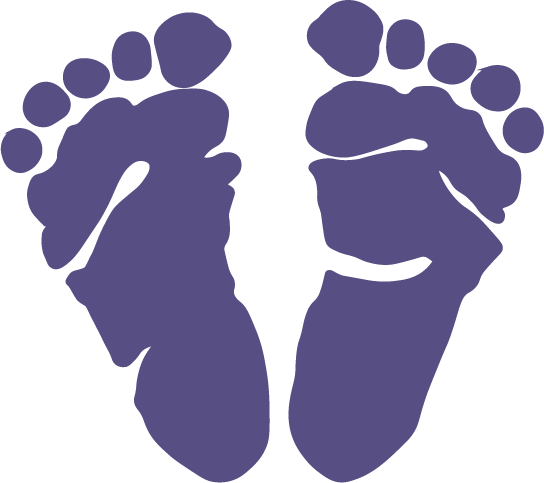The AAP has released new guidelines that fine-tune our understanding of how quickly to release kids to light exercise & returning to school. We still know that rest and reduced load are key, but we no longer relegate kids with concussions to bed in the dark. As long as it doesn’t make their light sensitivity/headache worse, they can use electronic devices (sorry, Moms & Dads) and watch TV. The following is heavily drawn from a recent AAP News. Read to the end for the “key recommendations.”
Maximizing recovery
In the almost decade since the original clinical report was released, several thousand articles have been published on the topic. Research has demonstrated that light exercise can be safe and may help hasten recovery from a concussion(Leddy J, et al. PM&R. 2016;8:S91-S100).
The recommendation has some caveats, however. It does not mean returning to full sports practices or games. That still should only happen once an athlete is symptom-free and has completed the recommended multistep return to sports/activity progression.
A good rule of thumb for patients is starting with 20-30 minutes a day of light aerobic exercise such as brisk walking or light exertion on an exercise bike. If symptoms worsen while exercising, the athlete should stop and try again the next day. This often is referred to as sub-symptom threshold training.
Children should be allowed to return to school with symptoms after only a few days, (typically missing no more than one to two days). Adjustments will be needed for the majority of athletes to recover while at school. These involve informal changes to the curriculum and environment that can minimize worsening of symptoms in the classroom.
Research has shown that athletes have fewer symptoms and a quicker recovery when they return to school one to two days after their concussion than after strict rest for five days(Thomas DG, et al. Pediatrics. 2015;135:213-223; https://bit.ly/2Q7wBD4).
When athletes are kept out longer, anxiety and stress may increase from not being around friends, missing assignments and having concerns about their grades. Adding stress or anxiety to a student recovering from a concussion also has the potential to magnify symptoms, making it more challenging for the provider to determine if symptoms remain from the concussion or from stress/anxiety, thus prolonging recovery.
No research to date has demonstrated a negative effect on recovery by returning a student to the classroom with appropriate adjustments to workload and academic environment.
All 50 states and the District of Columbia have return-to-play laws for athletes. Each state’s law may apply to different groups, such as high school only or may include club athletes. Following return-to-play protocols is important to ensure symptoms don’t return with increasing levels of exertion. Such protocols typically are five-step progressions.
Physicians also should avoid recommending that athletes can return to play after a period of time being symptom-free based on a single symptom, such as a headache. While athletes may be headache-free, they may be struggling in school. They should be performing at their normal level in school before returning to full sports participation.
Use of electronic devices
While it has been suggested that electronic devices may be a detriment to recovery, there is no conclusive evidence to support this assertion. If a young athlete is experiencing light sensitivity, electronic use may need to be reduced if provoking symptoms, and use should be avoided in darkened environments.
Electronic devices can be helpful for students who struggle to read smaller print, as icon and font size can be increased easily on electronic devices. Access to audio versions of school materials that are readily available on electronic devices may help minimize symptoms provoked by reading.
Pediatricians need to be cognizant that children are connected socially through their electronics, and taking these devices away can add stress or lead to feelings of being punished for their injury.
Key recommendations
- Light cardiovascular activity that does not worsen symptoms may be initiated earlier in the recovery following a concussion.
- The majority of athletes with a concussion can and should return to the classroom within a few days of their injury (typically after one to two days). Adjustments at school and communication with teachers can help students manage symptoms during the school day.
- Prolonged absence from school following a concussion can lead to stress and anxiety and has not been shown to improve recovery.
- Athletes should follow appropriate multistep/multiday return to activity progressions once fully recovered and feeling back to their normal selves both in and out of the classroom.
- Complete removal or elimination of all electronic use is not necessary in concussion recovery. Their use may need to be reduced somewhat if provoking symptoms.
Dr. Halstead is a lead author of the clinical report and a member of the AAP Council on Sports Medicine and Fitness. Copyright © 2018 American Academy of Pediatrics”



